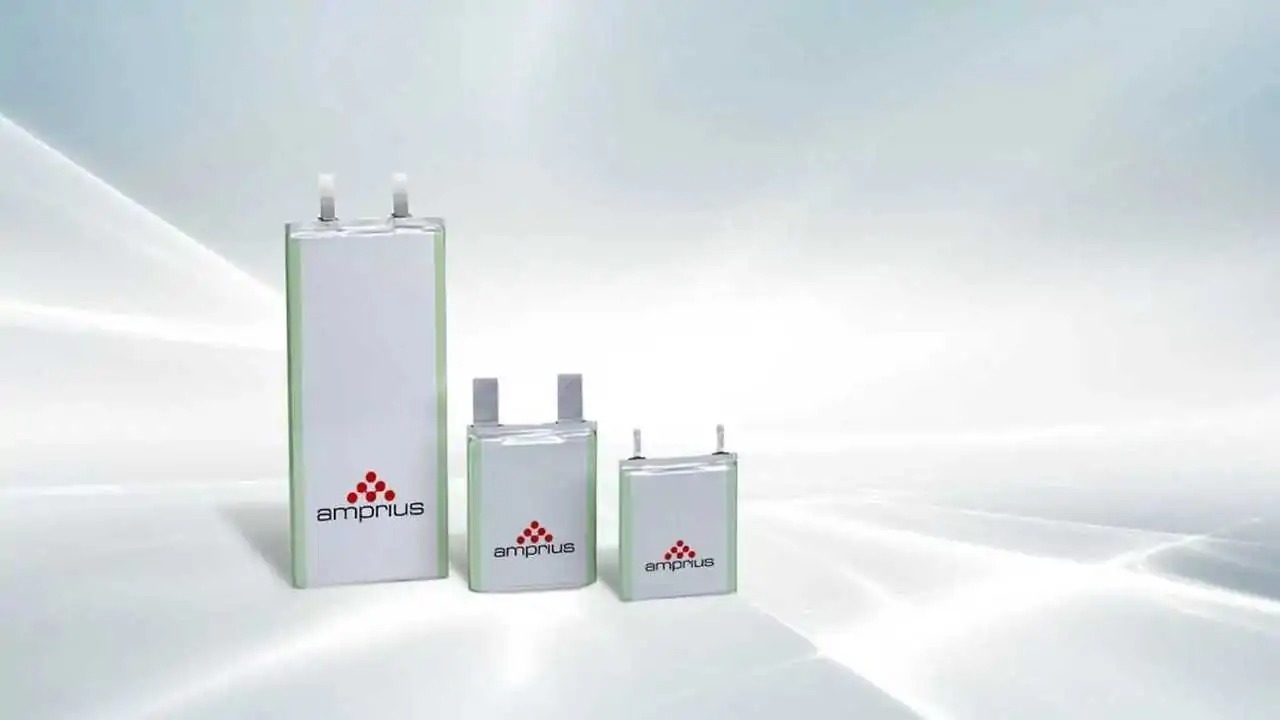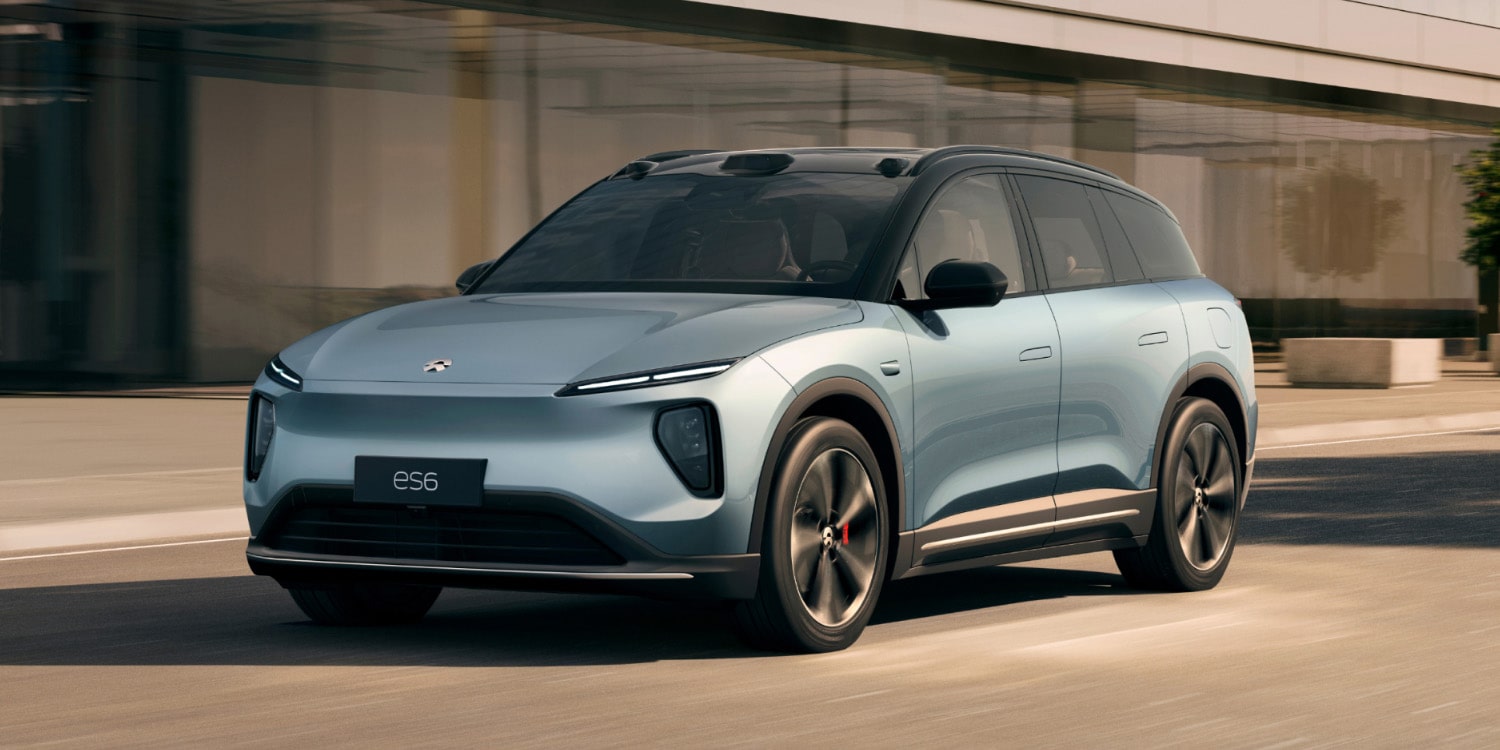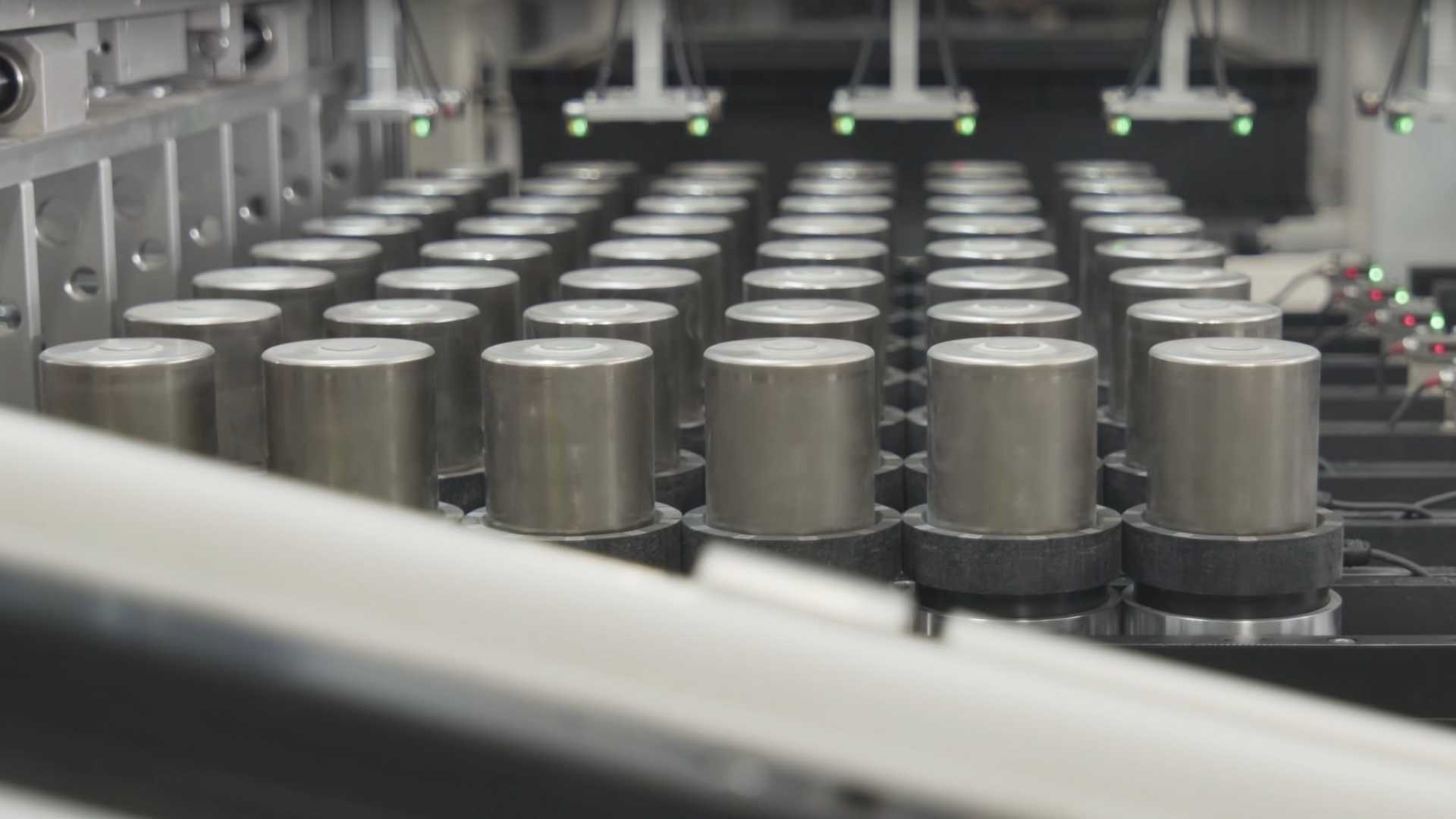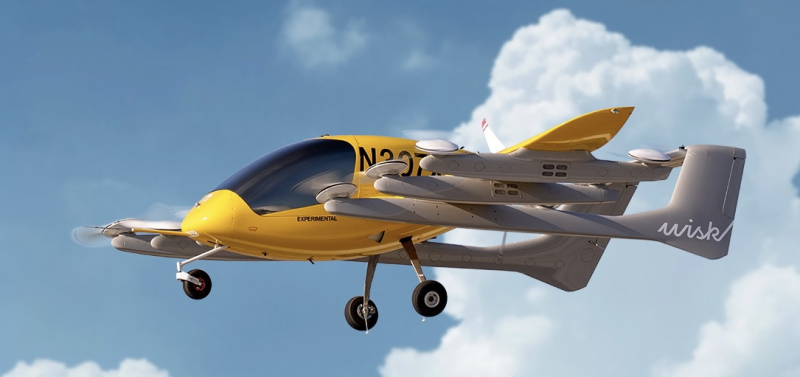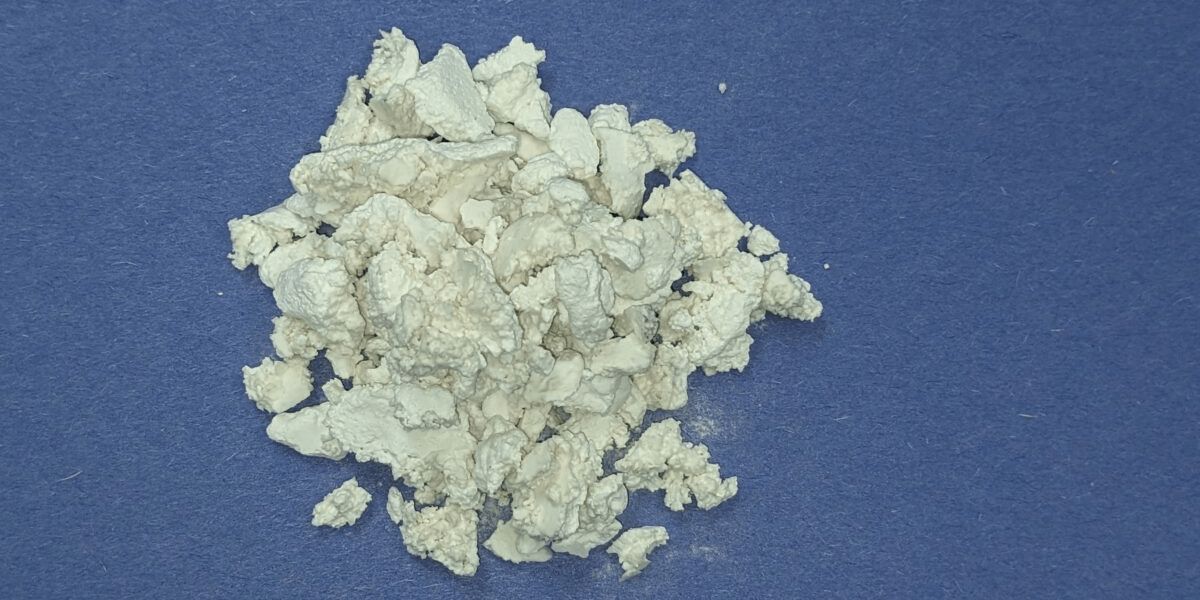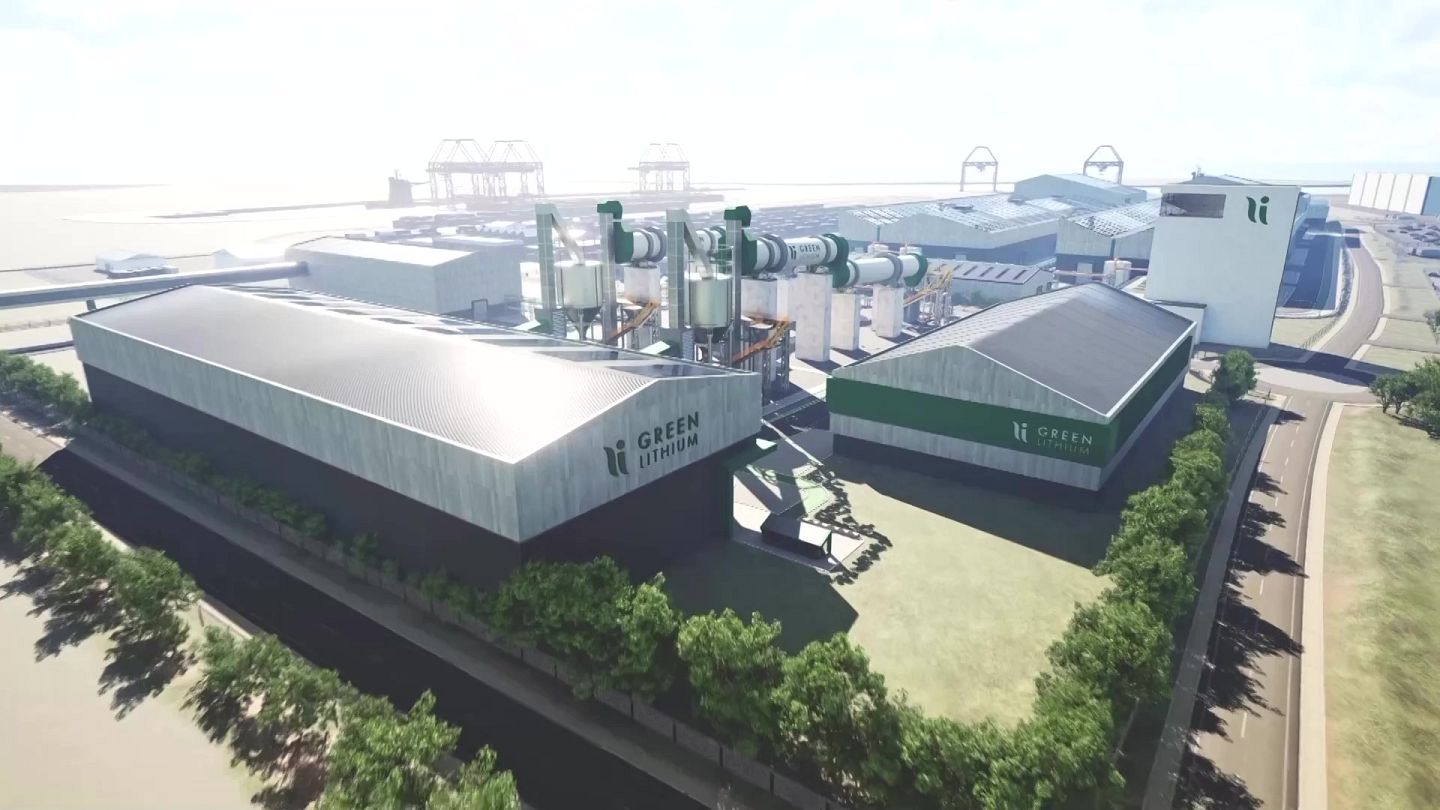California-based Amprius Technologies recently introduced a groundbreaking silicon anode cell that promises to revolutionize the electric mobility sector, particularly in aerial and automotive applications. The company’s latest creation touts an impressive discharge rate of 10C, coupled with an energy density of 400 watt-hours per kilogram, making it a potential game-changer for electric vertical take-offs and landings (eVTOL) and unmanned aerial vehicles that require substantial power to handle heavy loads.
Amprius explains that the silicon anode, serving as the positive electrode in the battery, has the capacity to store ten times more lithium compared to the more commonly used graphite. This unique technology results in improved energy density and faster charging speeds, catering to the demands of high-performance electric vehicles.
According to the company’s press release, the capabilities of Amprius’ new cell extend to high-performance electric vehicles, boasting enough energy discharge to accelerate an EV from 0 to 60 miles per hour in a staggering 1.5 seconds. However, it’s essential to exercise caution when comparing such performance figures, as even the Tesla Model S Plaid, one of the fastest accelerating EVs available, claims a 0-60 mph time of 1.9 seconds, excluding rollout distance.
Amprius further highlights that its cell can handle high current pulses even at low states of charge (SoC), maintaining stability without dropping below the cut-off voltage. It is reported that the cell can sustain a power density of 3000 watts per kilogram at 30 percent depths-of-discharge, with the maximum power density exceeding 4400 W/kg during high charge levels.
The pursuit of breakthroughs to enhance energy density and extend driving range has become a prominent goal for various automakers and battery technology companies. In June 2023, Australia-based Li-S Energy revealed its third-generation 20-layer cells utilizing semi-solid state lithium-sulfur technology, boasting an impressive volumetric energy density of 540 Wh/l. Similarly, last year, Chinese battery manufacturer Contemporary Amperex Technology Co. Limited (CATL) unveiled its third-generation nickel-cobalt-manganese (NCM) cell, featuring an energy density of 450 Wh/l.
While these advancements undoubtedly hold promise on paper, their real-life performance and practical applications remain subject to expert evaluation. As we eagerly await further developments, the impact of Amprius Technologies’ high-energy silicon anode cell and other breakthroughs on the mass market’s electric mobility landscape remains to be seen.

